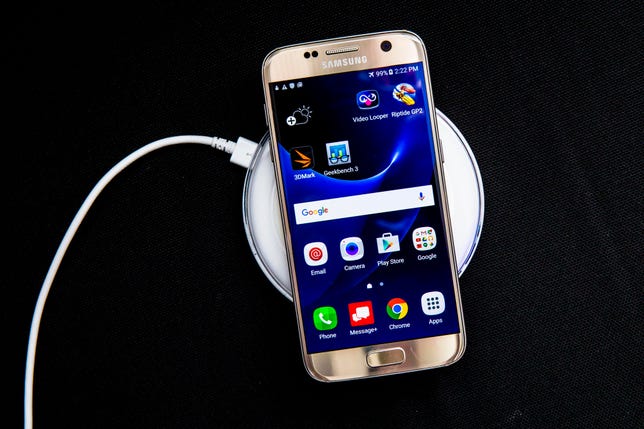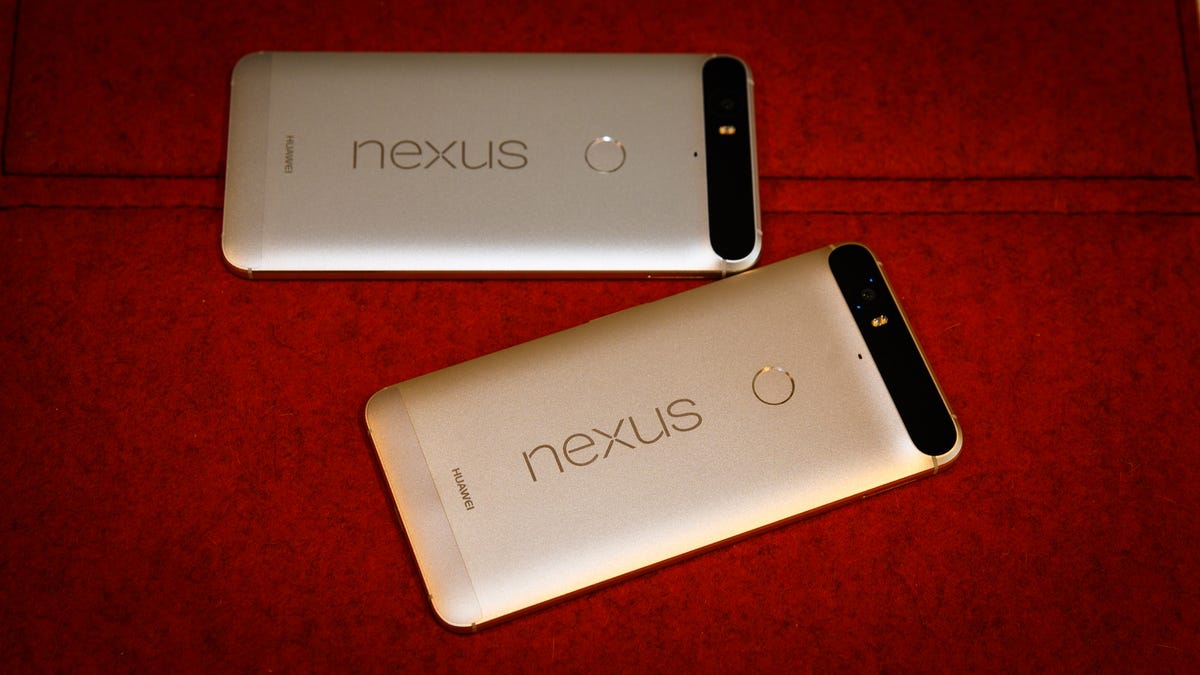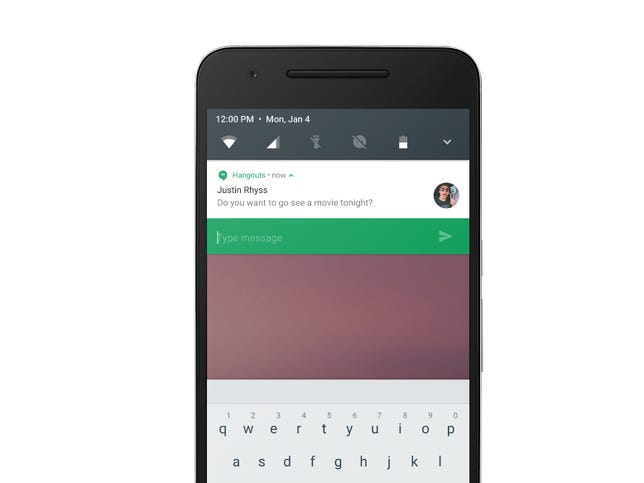Samsung’s newest pair of flagship devices, the Galaxy S7 and the Galaxy S7 Edge, is a big hit with critics. I suppose the hype is understandable: It has a gorgeous design, a lightning-quick camera and it’s water resistant. The S7 Edge even earned CNET’s coveted 5-star “spectacular” rating.
But I, for one, am not totally convinced.
Before you bite my head off, know that I’m not the only one. CNET’s David Carnoy would be completely sold on the Galaxy S7 if not for the fact that the handset runs Android instead of Apple iOS. As for me, a dedicated Android user, I couldn’t care less about iOS. I do, however, still have a few reasons of my own why I’m not gunning for a Galaxy S7 just yet.
Samsung’s gleaming Galaxy S7 is all win (pictures)






There’s no removable battery
Ah yes, this old chestnut. Most high-end phones these days have moved away from either expandable storage or a removable battery in favor of a chassis made from a single piece of metal. These are perceived to look sleeker, and help keep the whole design thinner overall. From what we’ve seen from readers, the idea of having a device without one or two of these features range from no big deal to flat out deal breaker.

 Enlarge Image
Enlarge ImageThough the battery wirelessly charges, it isn’t removable.
Andrew Hoyle/CNET
Some handsets manage to retain at least one of these features, and the Galaxy S7 has expandable storage (up to 200GB) thanks to its microSD card slot. Unfortunately, its 3,000mAh embedded battery is planted firmly inside the phone and you can’t take it out.
That’s not to say the Galaxy S7’s battery is a slouch. It has wireless charging capabilities and it clocked in one of the longest lab tests results we’ve measured at 16 hours of continuous video playback. But some people prefer the option to swap out their batteries. Having a spare to swap in and out — like when it’s midday, the power is draining and there’s no plug in sight — is undoubtedly useful. It’s also practical to have a fresh new battery up your sleeve when you’re a year and some change down the road and the device’s battery isn’t what it used to be. (It’ll be more valuable too when you resell it if you can promise a new battery.)
There are cheaper alternatives
Unlocked and without a carrier subsidy, the Galaxy S7 doesn’t come cheap. In the US it costs between $650 and $695, and in the UK and Australia it costs £569 and AU$1,149, respectively. If you’re a casual phone user who uses your handset to check email and Facebook, make a few calls and informally take photos here and there, paying that much for the most bleeding-edge mobile processor and camera may be superfluous.
Fortunately, there are alternatives. (And no, the iPhone isn’t one of them because it costs just as much if not more, so don’t buy it either.) For instance, there’s Google’s current marquee device, the Nexus 6P, which starts at $499, £449 and AU$889 for the 32GB version. It features a 5.7-inch screen, a 12.3-megapixel camera and a Snapdragon 810 CPU.

 Enlarge Image
Enlarge ImageThe Nexus 6P is an incredibly capable phone and cheaper to boot.
Josh Miller/CNET
If you’re keen on the Galaxy S7’s water resistant features, the Sony Xperia Z5 ($499, £379 and AU$849) can survive a dunking too and has a great camera. For US and UK users, there’s the Motorola Moto X Pure Edition (or Style as its globally known), which has a 5.7-inch display, a Snapdragon 808 CPU and you can customize its design with wood and leather backings. It currently starts at $299 and £369.
These handsets may not be as powerful or as new as the Galaxy S7, but if you aren’t a proverbial mobile power user, like most of us, chances are you won’t need all of Samsung’s high-end features. Plus, with their fast processors, sharp displays and nimble cameras, these devices are extremely capable — they may be more affordable but they aren’t really considered “compromises.”
It won’t get software updates as fast as a Nexus

 Enlarge Image
Enlarge ImageYou might have to wait a long time before you can do things like replying to a message from the notification bar (an Android N feature).
Google
Speaking of the Nexus 6P, the Galaxy S7 won’t receive software updates as fast as Google’s branded phones. If you own a Nexus, you’ll receive software updates (like the upcoming Google Android N operating system) faster as they roll out directly from Google. With the Galaxy, you’ll need to wait longer (sometimes several months) for major updates.
In addition to the 6P, Google has the 5.2-inch Nexus 5X. It has a fingerprint scanner, a Snapdragon 808 processor and a competitively low price. It originally launched with a $379, £339 and AU$479 price tag for the 16GB variant. This is a great value anyway, but for US customers you can currently get it for an even lower price of $199 if you also sign up for Google’s Project Fi wireless service.
Hold out to see what the LG G5 has in store
If you’re not itching to buy a handset right this instant, it’d be smart to check out LG’s own flagship, the G5, before you commit to a purchase. Set to launch in early April, the device has something the Galaxy S7 doesn’t: swappable parts. This ability to detach and customize key hardware parts (known as modularity) isn’t as robust as Google Project Ara promises to be, but the phone’s bottom bezel does pull out to reveal a removable battery. You can also switch out the chin for different accessories like a camera grip and a digital-to-analog converter to improve audio playback.


Now playing:
Watch this:
Samsung Galaxy S7 vs. LG G5
1:48
It also features comparable specs like a Snapdragon 820 processor, a 16-megapixel camera and a 5.3-inch display.
After looking at them both you may decide that the Galaxy S7 is for you afterall. (In its defense, it has features the G5 doesn’t have, like a higher pixel density, a higher capacity battery and water resistance.) But it’d be wise to weigh all your options first and see if LG’s novel semi-modular G5 piques your interest. By then you’ll have all the info and the real internal debate about which one to preorder can begin.
If, in the end, you decide to get a Galaxy S7, that’s great. You’ll have a capable phone in your hands that I’m sure you’ll be satisfied with. But it doesn’t suit everyone’s needs (or budget) and that’s okay too. Samsung did a great job with its signature handset but as the saying goes, you just can’t win them all.



